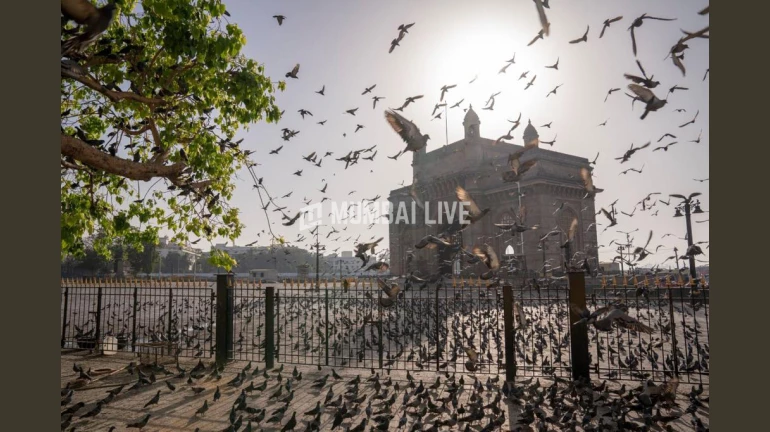
Revered as the city of dreams, Mumbai functions through its veins, the local trains. Home to not just the affluent, it accommodates everybody under its wing. From its iconic street food and dabbawallas, to Bollywood, the city doesn’t fail to inspire.
Host to some of the most iconic locations that are internationally acclaimed here’s a glimpse into the history of Mumbai’s symbolic sites and secret stories behind Mumbai’s iconic landmarks
Mumbai has an ethereal beauty—whether you think of it as a bustling metropolis, the city that never sleeps, the home of Bollywood, or simply as home. Even though the city has a rich and varied history, it has been populated to its very brim for decades. With so much footfall, it is unlikely that the city has any secrets left to explore. However, Mumbai’s mysterious streets still have many untold stories to tell—here are a few of them.
How did Churchgate come into being?
When the status quo gets phased out, many stories just disappear because few witnesses have the first-hand experience left to tell the tale. For example, during the 18th Century and parts of the 19th Century, the island of Mumbai, then known as Bombay, was essentially a massive walled citadel. In order to support and protect their holdings, the British East India Company had built an enormous fort.
During the colonial period, Bombay was a central hub for the British, and their quintessential British architecture can be seen in South Bombay. The EIC fort allowed thoroughfare at three main gates named Apollo, Bazaar, and Church. The last of these, Church Gate, was so christened because it was the entry point at the St. Thomas Cathedral. Built over 300 years ago, this Anglican church still stands strong, as does the name of Churchgate railway station.
How was the BSE set up?
You may have read about the difference one person can make. However, when the world weighs you down, it is difficult to truly believe that one person or a small group of people will not get lost in the multitude standing against them. This adage is perfectly explained by the origin story of the oldest stock exchange in all of Asia.
In 1855, a small group of stockbrokers, including one Parsi and four Gujaratis, sat under the sprawling banyan tree that looked upon the Town Hall. As they began to use that spot to sell stocks, more brokers began to make a beeline for the same site. Fed up with ever-growing numbers, our initial
group kept moving locations. Then, in 1874, with the founding of Dalal Street, these brokers finally a place that they belonged to – the official Bombay Stock Exchange.
Why is the name ‘Versova’ a dreadful one?
Many places are named after famous individuals, so most roads in India are typically named so-and-so streets. However, Andheri’s Versova has a painful and macabre history—and that’s where it gets its name from.
Before 1694, the resident Kolis of Mumbai populated the shipping village that is now Versova. However, when an Arab fleet docked at these shores, all hell broke loose, and the entire village was slaughtered and decimated. Thus, the Marathi word for ‘rest in peace’, i.e., ‘vesave; became the name of this abandoned town. Only after the Portuguese set foot here decades later did the Kolis even consider moving back to their former home.
Many people pass by these iconic landmarks daily without knowing the history behind them. So the next time you walk through the Churchgate railway station or look up at the BSE, remember where these names came from and remember their fascinating history.
Gateway of India
A unique structure, it was the symbol of the majesty of British rule in India. The reason behind building the Gateway of India was to celebrate the visit of King George V and Queen Mary to the city. In March 1911, the structure’s first foundation was laid. Whilst approved in 1914, Apollo Bunder’s rehabilitation was completed in 1919. The design was fashioned by George Wittet, and it took four years for the construction to be completed.
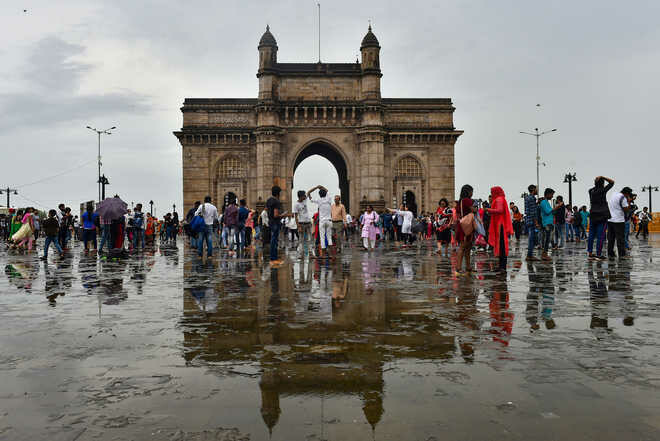
Sanjay Gandhi National Park
The Sanjay Gandhi National Park area’s history dates to the 4th century BC. In ancient India, Sopoara and Kalyan were two ports that conducted trading activities. The land route between them was partially through this forest. The Kanheri Caves in the park were a Buddhist learning centre and pilgrimage site. The park was expanded by acquiring various reserve forest properties. It was named 'Sanjay Gandhi National Park' in remembrance of Sanjay Gandhi in 1981.
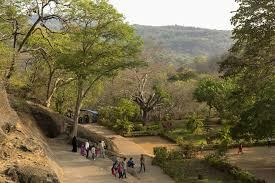
Chhatrapati Shivaji Terminus Mumbai
Earlier known as the Victoria Terminus, it was built in 1888 and designed by F.W.Stevens. It was a centre of prominent mercantile activities. The construction took 10 years to complete and was built to address the main rail traffic. In 1996, Suresh Kalmadi, the then Minister of Railways, changed the station’s name to Chhatrapati Shivaji Terminus.
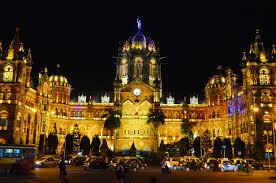
Marine Drive
The Marine Drive was built in the early 20th century as part of the city’s second phase of the urban development scheme, in the British government’s Back Bay Reclamation Scheme. The scheme dredged the sea and dumped stone into it, to expand the city westward, by creating land. Construction of Marine Drive began in 1915 and it was named after Sir Michael Kavanagh Kennedy, an engineer.

Hanging Gardens
Built in 1880, this terraced garden is dedicated to Pherozeshah Mehta, remembered as The Lion of Bombay due to his significant contributions to the development of the city. It is said to be built on a water reservoir. Before the British built the Hanging Garden, the reservoir used to be open. The 'Old woman's shoe' which is completely made from stone, is a favourite among children who visit the garden.
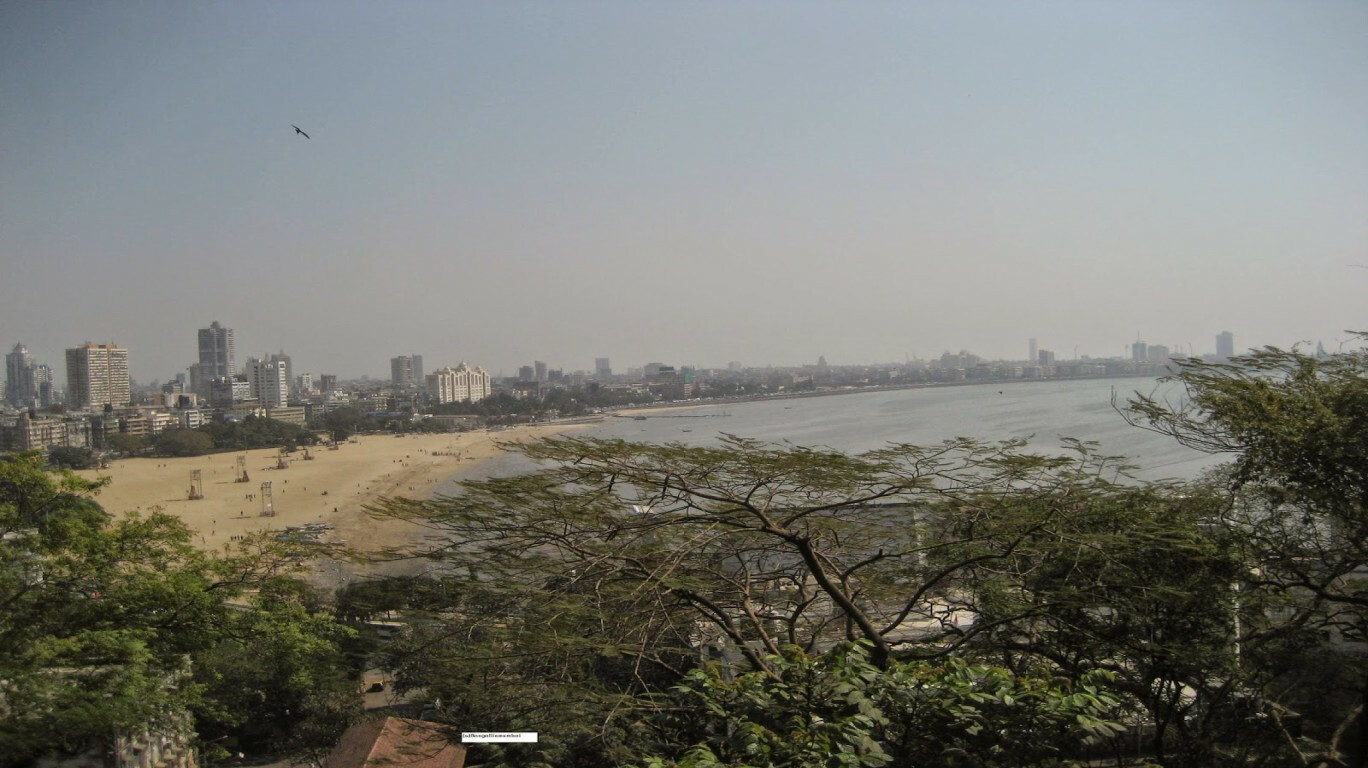
A majestic city, it offers a little something to everyone.





